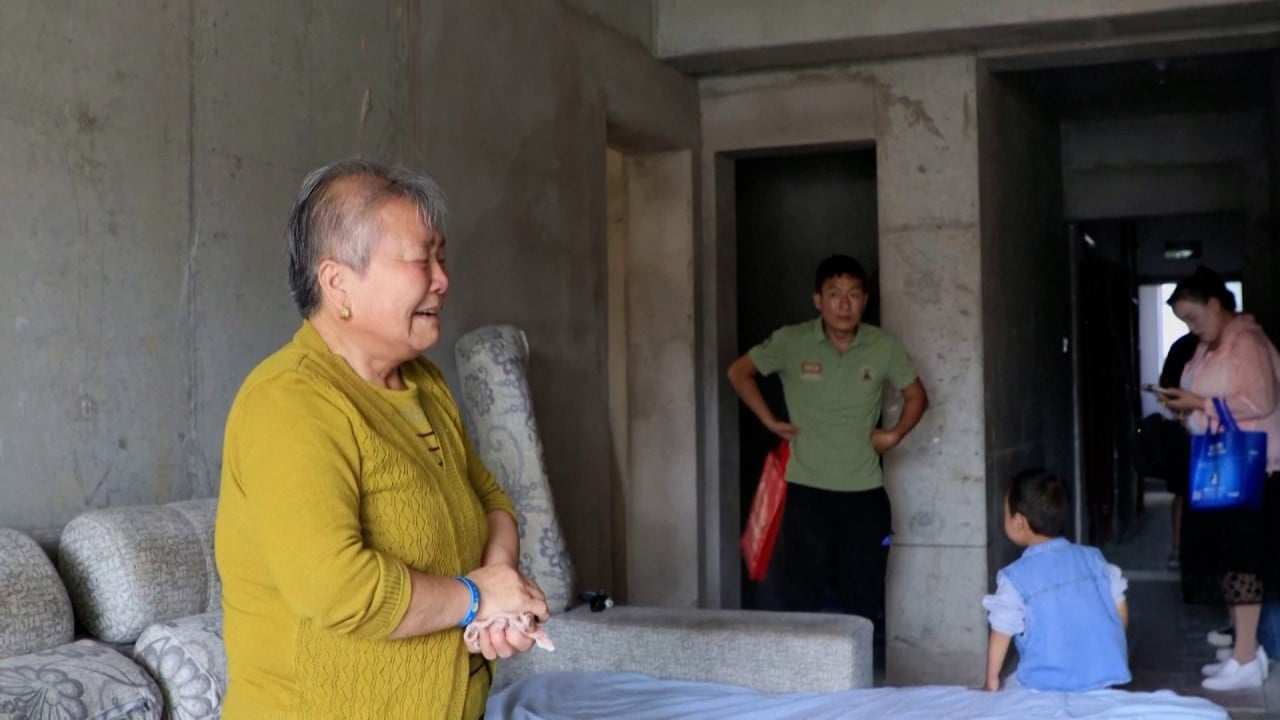
China’s new home prices drop for fifth month, falling in 59 out of 70 cities as market waits for stimuli to take hold
- Overall new-home prices fall by 1.1 per cent month on month, with declines in tier-3 and tier-4 cities overwhelming gains in tier-1 and tier-2 cities
- Existing homes face even more headwinds, with prices falling in 69 out of 70 cities surveyed by the National Bureau of Statistics
Three out of four tier-1 cities saw new-home prices fall month on month in November, with Beijing edging down 0.1 per cent while Guangzhou and Shenzhen dropped 0.9 per cent and 0.8 per cent, respectively. Shanghai was the only tier-1 city that saw prices rise, by 0.6 per cent.
Overall, new home prices fell by 1.1 per cent month on month, with declines of 2.9 per cent and 3.5 per cent in tier-3 and tier-4 cities, respectively, overwhelming gains of 1.3 per cent and 2.3 per cent in tier-1 and tier-2 cities, respectively, NBS statistics showed. The total number of cities posting declines also increased from 57 in October to 59 last month.
“Despite more local housing easing measures in recent months, we believe the property markets in lower-tier cities still face strong headwinds from weaker growth fundamentals than top-tier cities, including net population outflows and potential oversupply problems,” Goldman Sachs analysts said in a note on Friday.
As central and local authorities roll out more support measures, including the construction of government-subsidised housing and renovation of urban villages, China’s property sector will see further improvements in the future, said Liu Aihua, NBS spokesperson and chief economist.
“As the overall economy recovers, and as a series of support measures begins to take effect, we are starting to see marginal improvements to several indicators in the property sector,” she said.
While new homes posted lacklustre results, existing homes are facing even stronger headwinds. Out of the 70 cities surveyed, only Hangzhou – the capital city of China’s eastern Zhejiang province – managed to maintain its prices at last month’s level. The other 69 cities all saw varying degrees of decline, compared with 67 cities in October.
Among tier-1 cities, Beijing saw existing home prices drop by 1.4 per cent, while prices in Shanghai, Guangzhou, and Shenzhen fell by 1.5 per cent, 1 per cent, and 1.5 per cent, respectively.
China’s once-hot Reits get slammed as property slump dents demand
Meanwhile, the maximum number of years allowed for homebuyers to pay off their mortgage loans was extended to 30 years. The number was cut to 25 years in 2017 to cool off an overheated housing market.
Fitch Ratings also released a report on Monday saying home prices in China are expected to fall by up to 7 per cent over the next year, and that the decline will continue into 2025.


